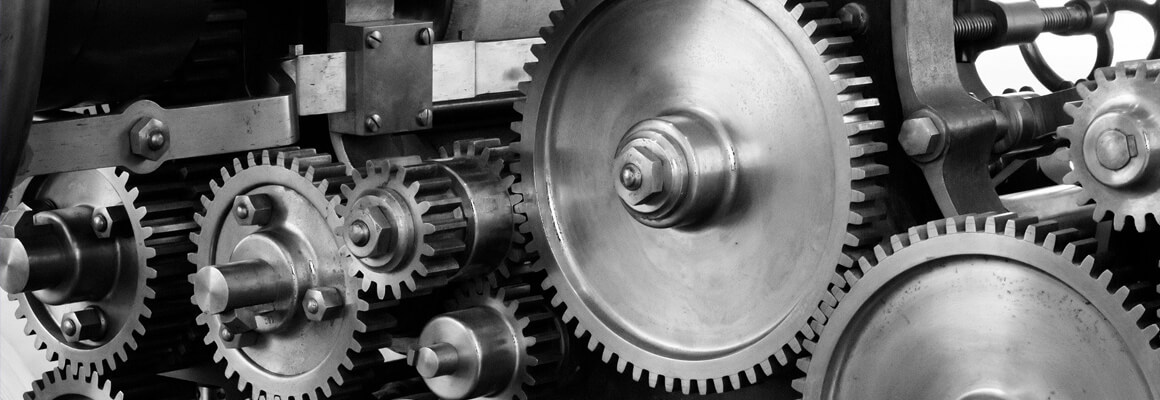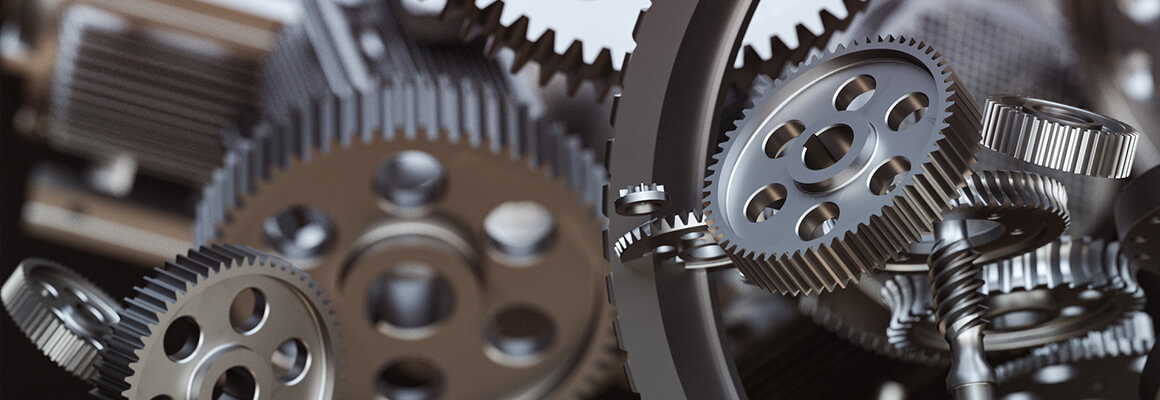Journal bearing
The use of rotary machines to convert rotational energy from various sources into useful energy is widely recognized. In these machines, there is always a rotating component that is separated from the stationary part. This separation is achieved through the use of bearings. Bearings enable the rotating part to move smoothly relative to the stationary component. Among the different types of bearings,journal bearings are the most commonly used in mechanical applications.
Journal bearings are one of the simplest types of bearings, allowing a shaft to rotate freely within a supporting sleeve. The portion of the shaft that fits into these bearings is referred to as the "journal," which is why they are called journal bearings. Unlike other bearings, journal bearings do not use rollers to support radial loads. Instead, they are capable of handling these loads due to the weight of the shaft itself.
Journal bearings function in both boundary and hydrodynamic lubrication regimes. During the startup and shutdown of the bearing operation, they operate in the boundary lubrication regime, where metal-to-metal contact occurs, leading to boundary lubrication. Once the operation begins, oil is supplied to the junction, creating pressure and hydrostatic lift, which transitions the bearing to the hydrodynamic lubrication regime. In this regime, the fluid film generated by the hydrodynamic action supports higher loads and allows the bearing to operate at higher rotational speeds.
Types of Journal Bearings
Journal bearings are primarily classified into two types based on their assembly or setup: integral (or plain) bearings and two-piece bearings.
Plain or Integral Bearings
In this type of bearing, the bearing surface is formed as a hole directly in the object, which acts as the bearing surface. The most commonly used version of this type is the pillow block bearing. The materials used for the bearing surface and the housing are different. Typically, the housing is made of cast iron, while the bearing surface is composed of chromium steel alloys. Lubrication in these bearings is provided through grease nipples, which supply the necessary lubricant to maintain proper lubrication properties.
Two-Piece Bearings
These bearings consist of two parts: a lower part and an upper part. The lower part is fixed to the application, while the upper part is removable. The upper and lower parts are also known as "shells," and they are commonly used for large diameters, such as in crankshafts. Two-piece bearings are often manufactured to be slightly larger than their housing and are compressed to fit into place during installation.
Lubrication in Journal Bearings
Lubrication plays a crucial role in protecting the surfaces of journal bearings from corrosion, sealing them against contamination, and ensuring smooth operation. It forms a barrier between the rolling contact and sliding surfaces, while also assisting in heat transfer. Understanding bearing lubrication is essential for optimizing their functionality in various applications.
Oil Lubrication
Oil lubrication is commonly used in journal bearings to provide cooling and clear away debris and contaminants. For high-speed applications, oil lubrication is preferred over grease due to its superior ability to handle heat and maintain smooth operation. The viscosity of the oil used in different bearing applications depends on factors such as rotating speed, operating temperature, and the load applied to the bearing.
Grease Lubrication
Grease lubrication is typically used in journal bearings where cooling is not a primary concern, or in low-speed conditions. It is especially beneficial in applications with frequent start-stop cycles, as it helps prevent shock loading. For applications involving high temperatures, low speeds, and higher loads, greases with a higher viscosity base oil are recommended. On the other hand, for low-temperature applications, greases with a lower viscosity base oil are preferred.




